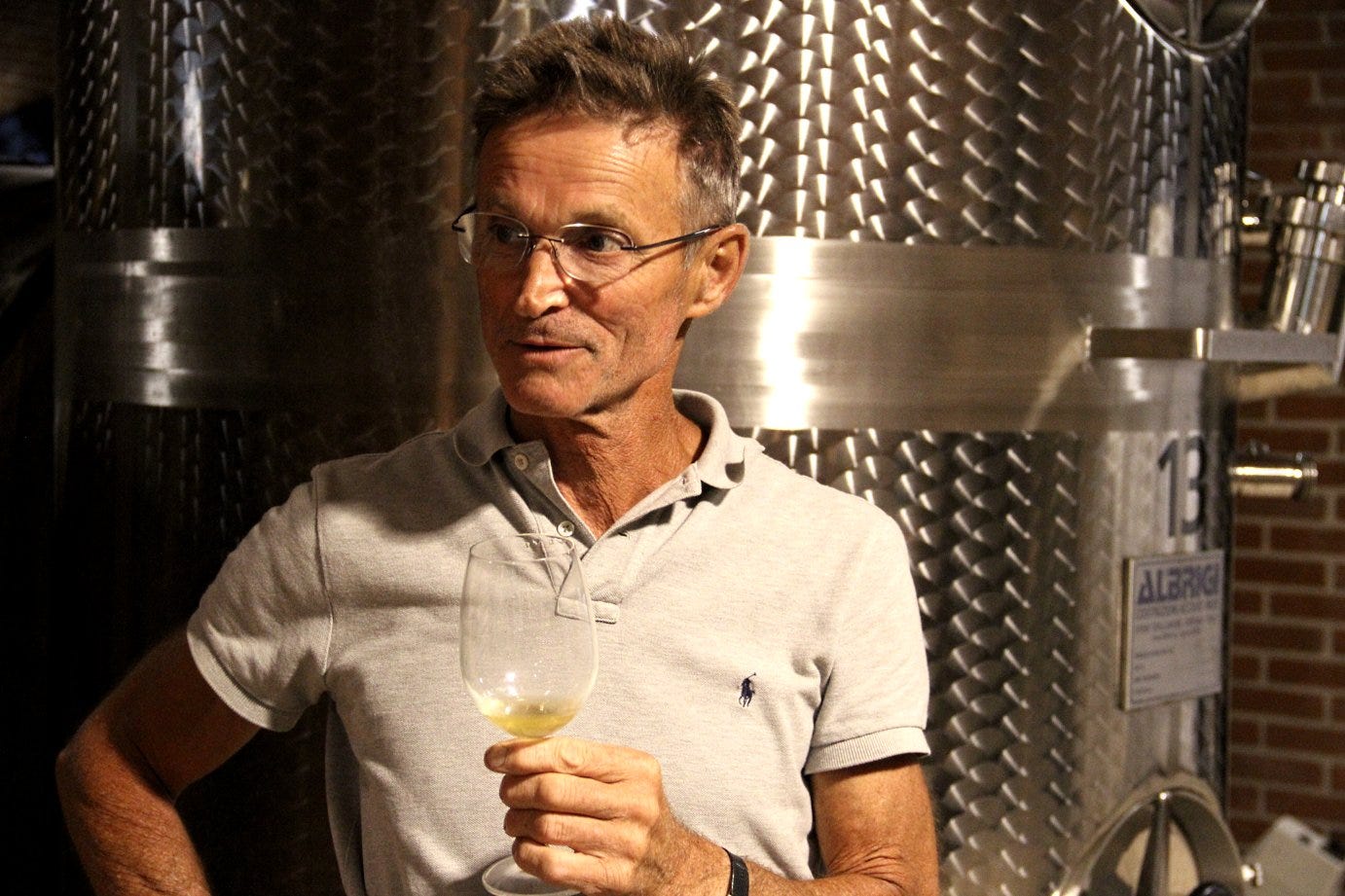Ceci n'est pas un orange - La Biancara Pico
Simon tries to understand what Angiolino Maule means when he says he doesn't like orange wine.
“I don’t like orange wine”, says Angiolino Maule emphatically. “When you ferment white grapes on the skins for weeks or months, they become too tannic or oxidative and you lose the expression of terroir and variety”. Then he pours me a tank sample of a 2017 Garganega (the area’s major indigenous white variety) which stayed on its skins for four months, …
Keep reading with a 7-day free trial
Subscribe to The Morning Claret to keep reading this post and get 7 days of free access to the full post archives.




